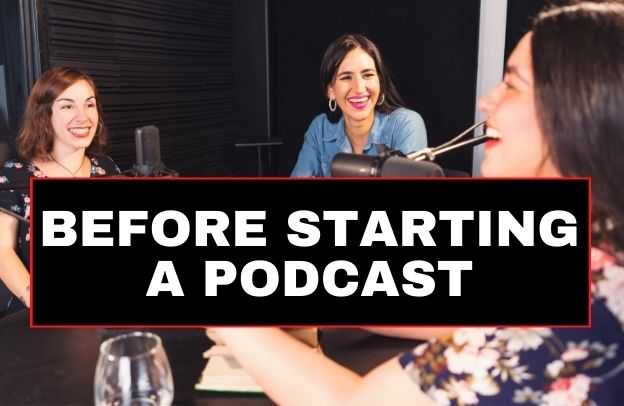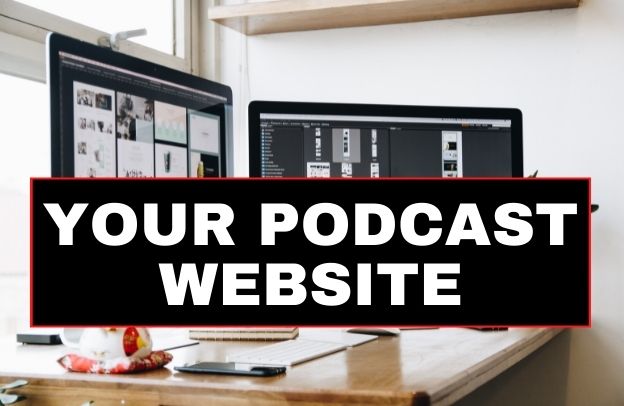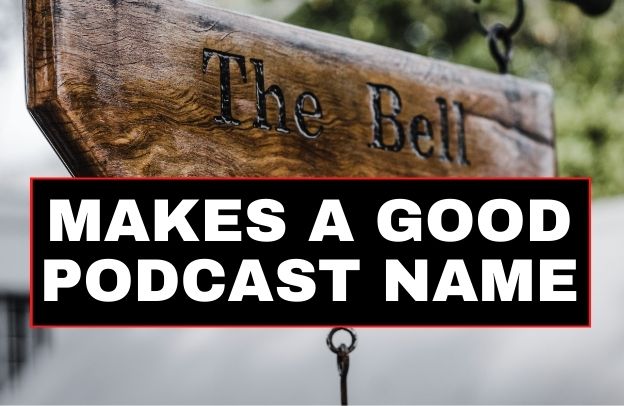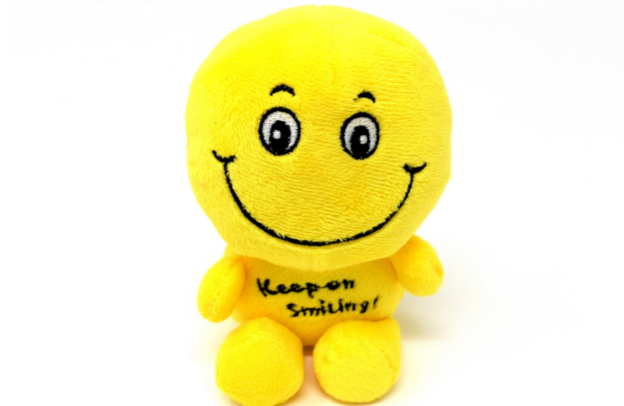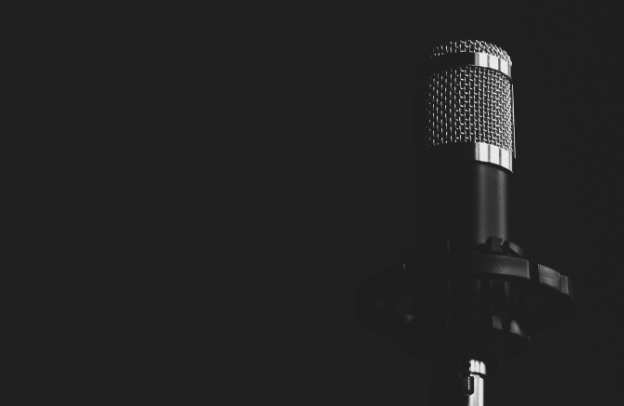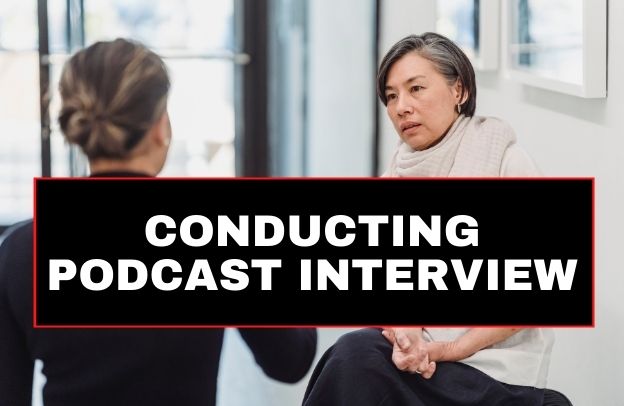Best Microphone Techniques for Your Podcaster
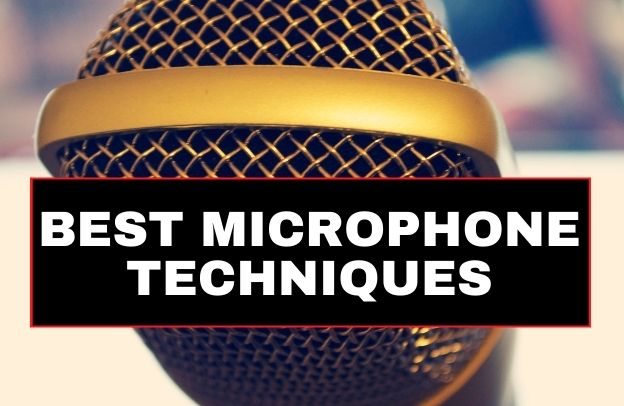
Interfaces, mic selection, preamps, and all of the other gear and software we use in the recording process are frequently discussed in the context of voice recording. While the components of your signal chain will have an impact on sound quality, ignoring a basic recording discipline like the mic technique will not benefit the average listener.
Download the first chapter of The Storytelling Series: Beginners’ Guide for Small Businesses & Content Creators by Obehi Ewanfoh.
What Exactly is “Mic Technique,” and Why is it Important?
Mic technique is a term that describes how you interact with your microphone while recording. Mic level, proximity, voice level, and mic angle are just a few of the factors that go into it. While these factors apply to all microphone recordings, how you manage them will vary depending on your microphone setup, voice, and environment.
A good mic technique can make a mediocre microphone sound better. Even the priciest microphones in the world can be completely ruined by poor technique.
It can aid in the reduction of harsh sibilance, plosives or “p-pops,” overdrive/clipping, and roominess. Ignoring it can lead to you falling into all of those traps, resulting in a less entertaining listening experience and, as a result, fewer listeners.
How to Improve Your Microphone Technique
Let’s look at the four important thins mentioned, the mic level, proximity, voice level, and mic angle – to see what issues they address, how they interact with one another, and how we can use them to create better-sounding episodes.
Microphone Level
Setting your mic level is the initial step in the process. To classify the amount of signal fed into your microphone, the terms “gain” and “input level” can be used interchangeably. This is typically controlled through your interface or mixer.
With that, adjust the gain knob on your audio interface or mixer until your headphones buzz, then turn it down slightly.
Because you’ll be starting with strong, high-quality audio, this will help you edit the audio file in GarageBand (Mac) or Audacity (Windows).
Proximity
The impact of the “proximity effect” on your recording is determined by how close you are to a microphone. Simply put, the closer you get to a microphone, the more low-frequency information it picks up, resulting in a sound that is more “upfront” or “full.”
To do so, place your podcast microphone near to your mouth using a microphone stand or boom arm.
Microphone Angle
Experimenting with mic angle in relation to your mouth can help you to figure out what quality your mic may instill in your voice. You can record using both “on-axis” and “off-axis” techniques.
On-axis vs. Off-axis
On-axis simply means perpendicular to the microphone, as in a setup where the microphone is aimed directly at your mouth. The brightest recording, with the most high-frequency content, will be the result.
One way to deal with high-frequency harshness is to record off-axis. Try another test by twisting the microphone slightly to the side from its on-axis position. The microphone, which is aimed indirectly at your mouth, should now be less sensitive to high frequencies.
Level of Voice
The next factor to consider is the volume of your voice, which will determine the sound pressure level (SPL) entering a microphone. The SPL hitting the microphone is determined by how loud you speak, which can cause overdrive or clipping if you speak too loudly.
For a balanced recording, it’s critical to speak at a consistent volume. Don’t expect your microphone to respond to a whisper the same way it does to a shout.
Turn off all electronic devices, ticking clocks fans, and anything else that could cause unwanted noise in the room.
Pop Filter vs. Foam Cover
Filters for Pop Music
A pop filter, which can help disperse large sound waves before they cause distortion, is another way to deal with plosives. A mesh or metal disk at the end of a flexible gooseneck that clamps onto your mic stand is a typical pop filter.
Foam covers, like pop filters, diffuse and redirect the air coming from your mouth, reducing the impact of plosives. Foam covers are a popular choice for podcasters who want to record in a variety of settings while keeping their setup as simple as possible.
Conclusion on Best Microphone Technique for Your Podcaster
Mic technique, like any other podcasting skill, takes time to master. The more you practice, the more natural it will become. When you change your voice level, you’ll find yourself naturally moving toward or away from the mic, or moving off-axis when things sound too bright. Learn to take constructive criticism well by asking fellow podcasters and listeners what they think of your sound. We’ll all be able to tell the difference.
Download the first chapter of The Storytelling Series: Beginners’ Guide for Small Businesses & Content Creators by Obehi Ewanfoh.

